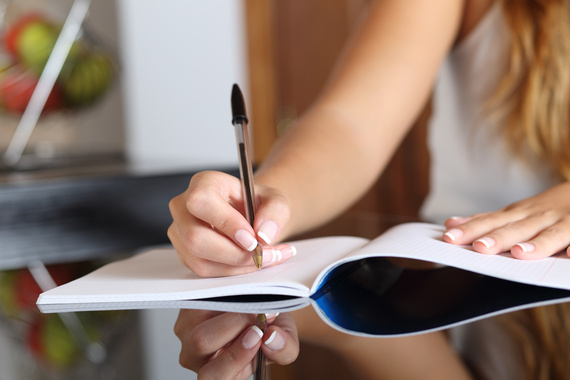How to write a reaction response essay
A reaction response, or a reader response essay, can be complex to handle, as it enables you to give meaning to the content, and forces the audience to accept a certain point of view. Though detailed and structured, a reader response may seem to lack of purpose. To determine the objective of your paper, you have to follow an assigned format.
Normally, a reaction response is accompanied by a number of questions you need to answer in writing. The number may vary, depending on the complexity of the assignment. If the questions are not indicated, you can stick to a simple pattern and specify your personal attitude to the text. Moreover, you have to point out the author’s purpose and perspective.
Reaction response draft
A reaction response that is focused and relevant should contain a clear thesis statement and supporting arguments. If the assignment lacks a central theme or a question that needs to be answered in the course of the text, you have to describe your general impression on the book. If the main idea is present, it should become a statement.
You will need a guideline to complete the task, but generally, a reaction response has a word limit and the draft is created according to a pattern:
- Thesis statement. Make sure your thesis statement reflects the concept of the paper and is related to the theme of the reader response. It shouldn’t be too lengthy and obscure, otherwise your audience won’t be able to capture the essence of the text.
- Introduction is an entry to your paper, which includes information about the author and the text that is studied. Conduct research before you sit down to write the introductory part, as it determines the reaction response and your attitude.
- Body paragraphs. Central paragraphs focus on the plot and character lines, and if you are assigned a book response, giving your readers some background material to ponder on will be a great idea. You are not obliged to answer the reading questions in order. The best strategy would be combining several themes and presenting them as a single paragraph.
- This part of the reaction response is a summary of what has been said previously, and should bring your readers back to the original thought and a thesis statement. To avoid repetition, stress the importance of a many-sided view on the topic and state your opinion.

Reaction response. Explanation
A reaction response paper needs substantial argument and explanation. It is recommended to defend your point, using additional information and citing authors, who have studied the same problem. A simple response is not enough to keep the audience interested. You are allowed to include personal opinions and attitudes and incorporate examples from real life.
Explanation is a key part of the body paragraph, as it shows your ability to analyze and define the concept of the entire book. Each paragraph should have several examples from the text. They have to be precise and indicate your point. You don’t have to use sentences directly, just make sure you are familiar with the content and your position is clear. As an example, you may share your impressions on the plot or the character arc.
Resist the urge to clutter your text with multiple quotations. Citing an author is a perfect way to prove your point, yet it should not be too overbearing. A reaction response primarily evolves around your ability to express an opinion and state a certain point, and using direct quotes will distract the reader from the initial purpose. If you want to stress the importance of a particular paragraph, remember to indicate the page number and format your examples according to the instructions.
